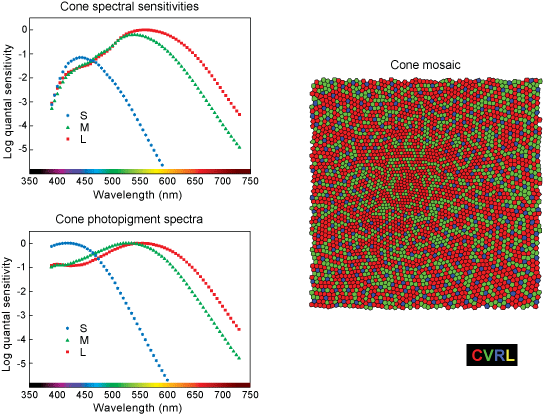

Figure 1.1 from Sharpe, L. T., Stockman, A., Jägle, H., & Nathans, J. (1999). Opsin genes, cone photopigments, color vision and colorblindness. In K. Gegenfurtner & L. T. Sharpe (Eds.), Color vision: From Genes to Perception (pp. 3-51) Cambridge: Cambridge University Press.
Cone spectral sensitivities and their representations in the photoreceptor mosaic. The upper left panel shows the spectral sensnitivities of the human L- M-, and S-cones estimated at the cornea from Stockman & Sharpe (2000). The heights of the curves have been adjusted to relect relative cone numerosity. The lower left panel shows the cone pigment absorption spectra determined from the cone spectral sensitivity functions, by correcting the latter for the filtering of the ocular media and the macular pigment and for the self-screening of the pigment in the outer segment (see Stockman & Sharpe (2000) for values). The right panel shows the cone mosaic of the rod-free inner fovea of an adult human retina at the level of the inner segment (tangential section). Superior is at the top and nasal to the left. The region is about 1 deg of visual angle in diameter (ca. 300 mm). The center coordinates of the cone cross sections shown were obtained from the retina of a 35-year-old male (Curcio & Sloan, 1992). The outer dimensions of the cone cross sections have been defined mathematically by Voronoi regions and computer-colored according to the following assumptions: (1) only three cone opsin genes, those encoding the S-, M-, and L-cone pigments are expressed; (2) the inner roughly circular area (ca. 100 mm or 0.34 deg in diameter), displaced slightly to the upper left quadrantof the mosaic, is free of S-cones (Curcio et al., 1991); (3) S-cone numbers in the rest of the retina do not exceed 7% and are semiregularly distributed (Curcio et al., 1991); and (4) there are approximately 1.5 times as many L- as M-cones in this region of the retina and they are randomly distributed. The diameters of the cross sections in the center are slightly smaller than those at the outer edge to allow for close packing.
Curcio, C. A., Allen, K. A., Sloan, K. R., Lerea, C. L., Hurley, J. B., Klock, I. B., et al. (1991). Distribution and morphology of human cone photoreceptors stained with anti-blue opsin. Journal of Comparative Neurology, 312, 610-624.
Curcio, C. A., & Sloan, K. R. (1992). Packing geometry of human cone photoreceptors: variation with eccentricity and evidence for local anisotropy. Visual Neuroscience, 9, 169-180.
Sharpe, L. T., Stockman, A., Jägle, H., & Nathans, J. (1999). Opsin genes, cone photopigments, color vision and colorblindness. In K. Gegenfurtner & L. T. Sharpe (Eds.), Color vision: From Genes to Perception (pp. 3-51) Cambridge: Cambridge University Press.
Stockman, A., & Sharpe, L. T. (2000). Spectral sensitivities of the middle- and long-wavelength sensitive cones derived from measurements in observers of known genotype. Vision Research, 40, 1711-1737.